The Army’s ‘Arctic Angels’ Will Challenge Russia in Polar Warfare
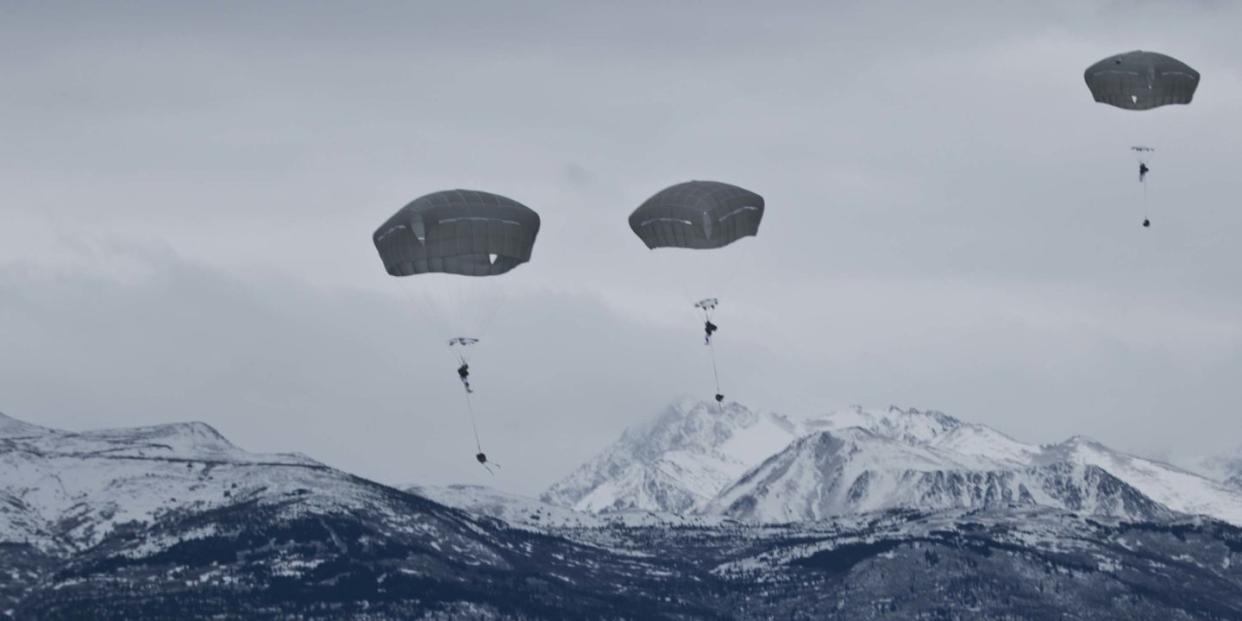
The U.S. Army has activated a new combat division—the first in several years.
The 11th Airborne Division, based in Alaska, will specialize in arctic warfare.
It’s part of the Army’s effort to stay relevant in the polar north, as well as the Indo-Pacific.
The U.S. Army is standing up a new airborne division for the first time in more than 50 years. The 11th Airborne Division, the “Arctic Angels,” will reorganize Army troops, based in Alaska, into a full-fledged combat division capable of deploying throughout the arctic region—and beyond. The move reflects the increasing importance of the planet north of the Arctic Circle, as Earth warms and polar regions become ripe for economic exploitation.
🛩 Don’t miss any of our best-in-class military news. Join our squad for full access to Pop Mech Pro.
On Monday, June 6, the Army officially activated the 11th Airborne Division at Fort Wainwright and Joint Base Elmendorf-Richardson, the two main Army bases in Alaska. A division typically has between two to four combat brigades under its command. A division typically has between 11,000 and 16,000 troops, while a brigade has between 3,000 and 4,000.
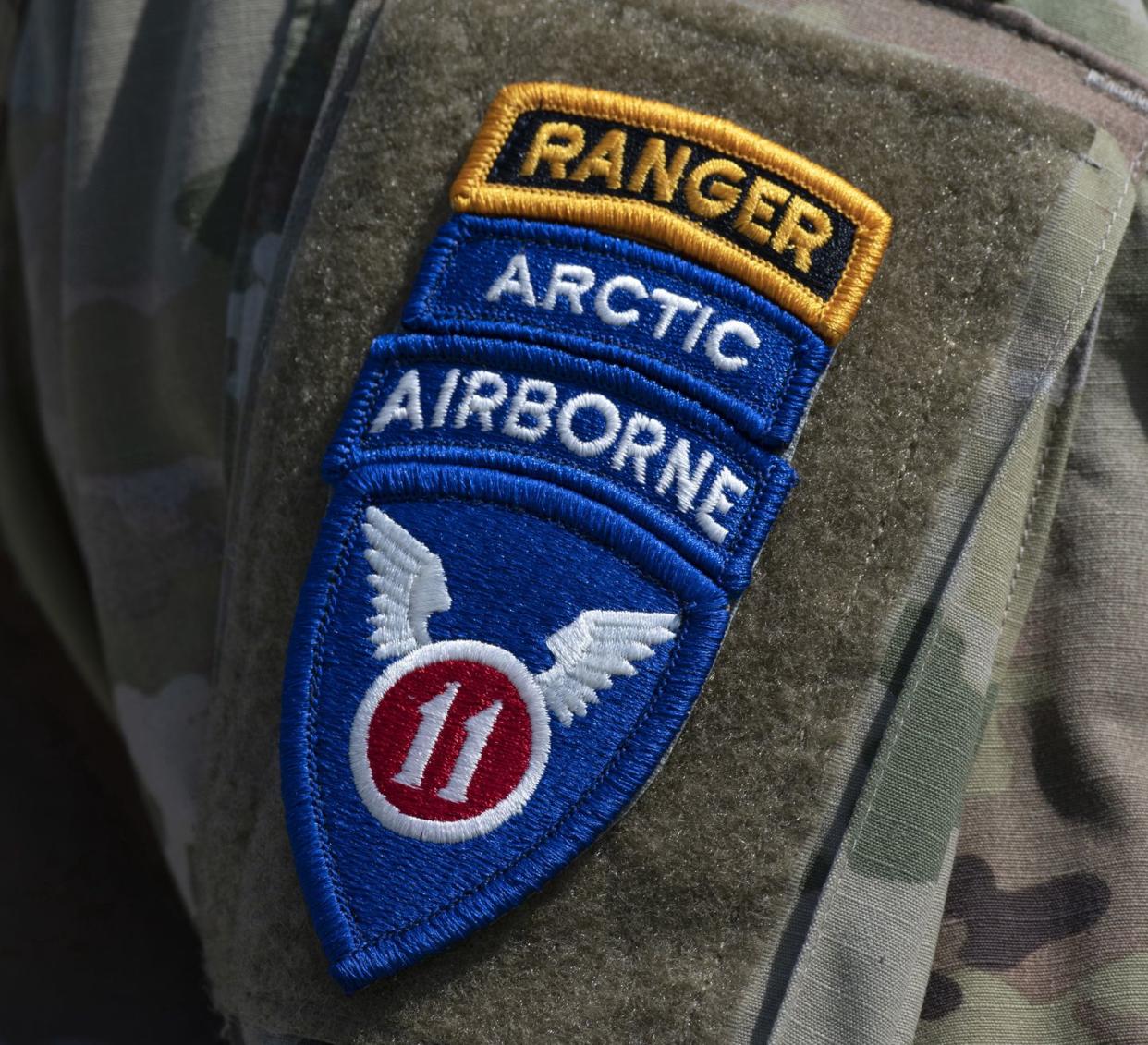
The Army will transfer two brigades from the Hawaii-based 25th Infantry Division to the 11th Airborne Division—the 1st Stryker Brigade Combat Team will become the 1st Brigade, 11th Division; while the 4th Brigade, 25th Division, will become the 2nd Brigade, 11th Division.
The 2nd Brigade, 11th Division is one of only five airborne brigades in the U.S. Army and the only one on the West Coast. The 1st Brigade, 11th Division will lose its Stryker Infantry combat vehicles and convert to a helicopter-mobile unit along the lines of the Army’s air-assault infantry units. The 1st Brigade will also be equipped with the skills to “maneuver effectively in extreme cold weather environments.”
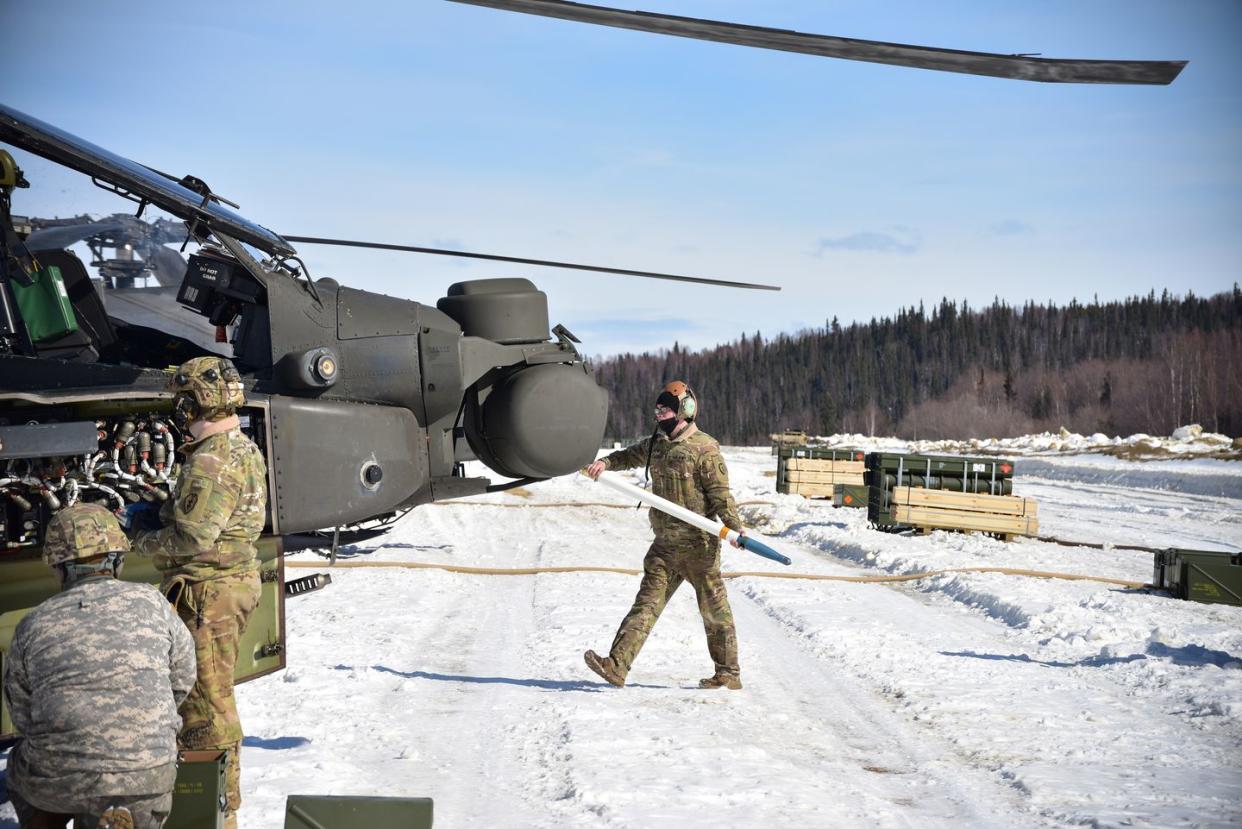
The combination of airborne and air-assault troops will allow the “Arctic Angels” to deploy by both parachute and helicopter, each of which has its own advantages and disadvantages. Airborne troops can deploy over vast distances, basically anywhere an Air Force C-17 transport can drop them, but their mobility is limited to mostly walking on foot once they land on the ground. Air-assault forces must move their helicopters into the area of operations, a complex process if the helicopters can’t self-deploy, but once in theater, can rapidly reposition both paratroopers and air-assault forces.
The two types of forces could even complement one another in the arctic, with paratroopers jumping to seize key terrain and set up forward-arming and refueling points, creating lily pads for the division’s helicopters to jump to and from. That could be a useful tactic for patrolling a large swathe of the arctic with a relative handful of soldiers.
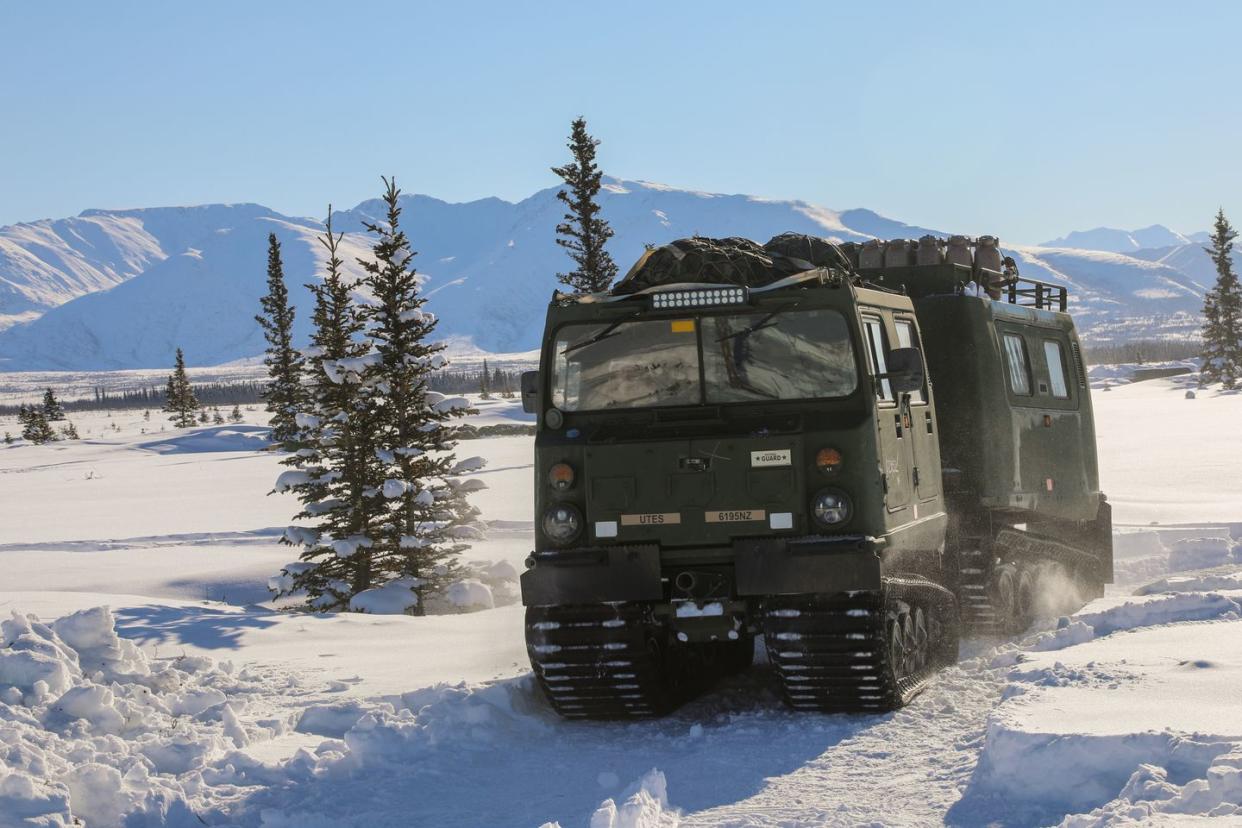
In addition to helicopters, the division will also utilize new Cold Weather, All Terrain Vehicles (CATVs). The U.S. Army is in the process of selecting a new CATV to replace its existing Swedish-made Bv206 Small Unit Support Vehicles (SUSVs). SUSVs and CATVs are large, lightly-armored personnel carriers that use wide articulated tracks to lower ground pressure, enhancing performance while driving over snow. Typically unarmed, arctic vehicles prioritize range and cargo capacity over firepower and protection. Two companies, BAE Systems and Oshkosh Defense, are battling it out to provide a next-generation vehicle.
The formation of the 11th Airborne Division is aimed at solving several problems. For one, the U.S. Army in Alaska has been muddled since the end of the Cold War, with units often under the command of a headquarters in Hawaii. The formation of the 11th concentrates all Alaskan units under one command that can concentrate on arctic warfare. Second, the Army’s effort to remain relevant in the Indo-Pacific has been less than successful, and the arctic is the next emerging frontier, so the Army is getting ahead of the game here. Third, Army troops in Alaska have experienced morale problems, with a harsh environment, isolation, and less-than-stellar base facilities part of the problem. Creating a new division is something of a morale booster.
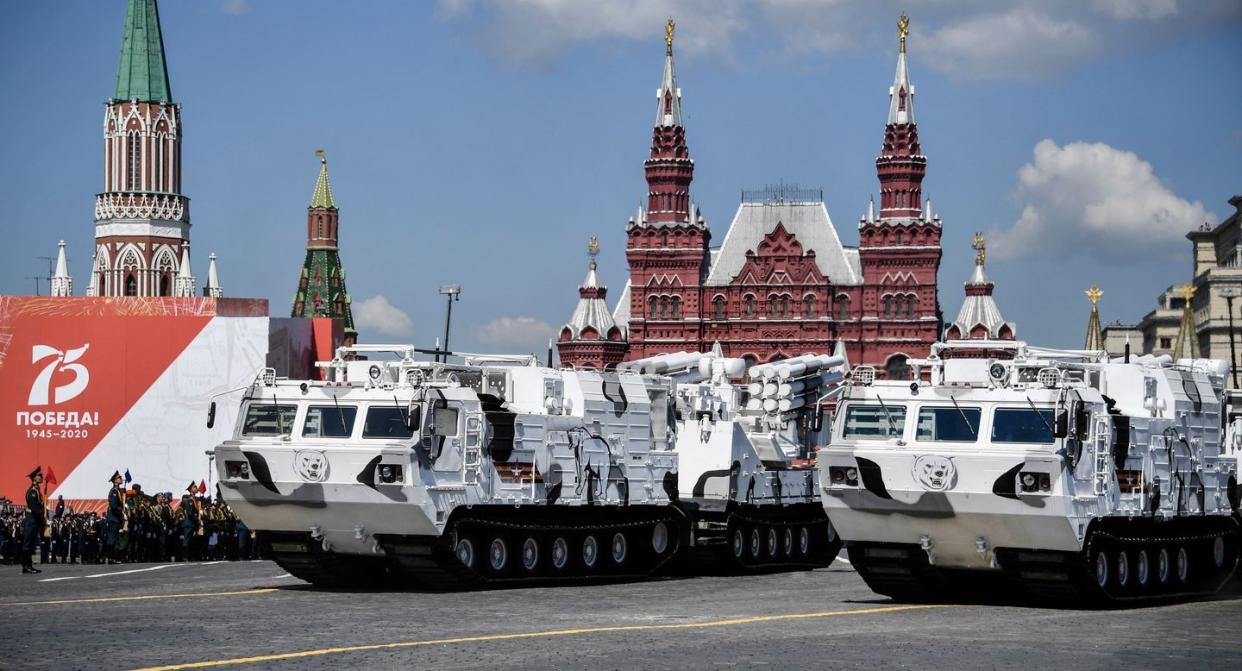
Global warming is making more of the arctic region accessible, as the increasingly warming climate creates pathways through the Arctic Ocean for shipping, and opens up previously-untapped natural resources for exploitation. A number of countries have stepped up their activities in the high north, including Russia. Although Russia has fared poorly in its invasion of Ukraine, its military commitment to the arctic can’t be ignored.
The 11th Airborne Division was originally established in World War II at Fort Bragg, North Carolina. After fighting in the Philippines in the Pacific Theater, the division was one of several that garrisoned Japan after V-E Day. The division was reestablished in the late 1950s to test the use of helicopters in combat. In 1965, it was reflagged as the 1st Cavalry Division and was one of the first large combat units sent to Vietnam.
You Might Also Like
